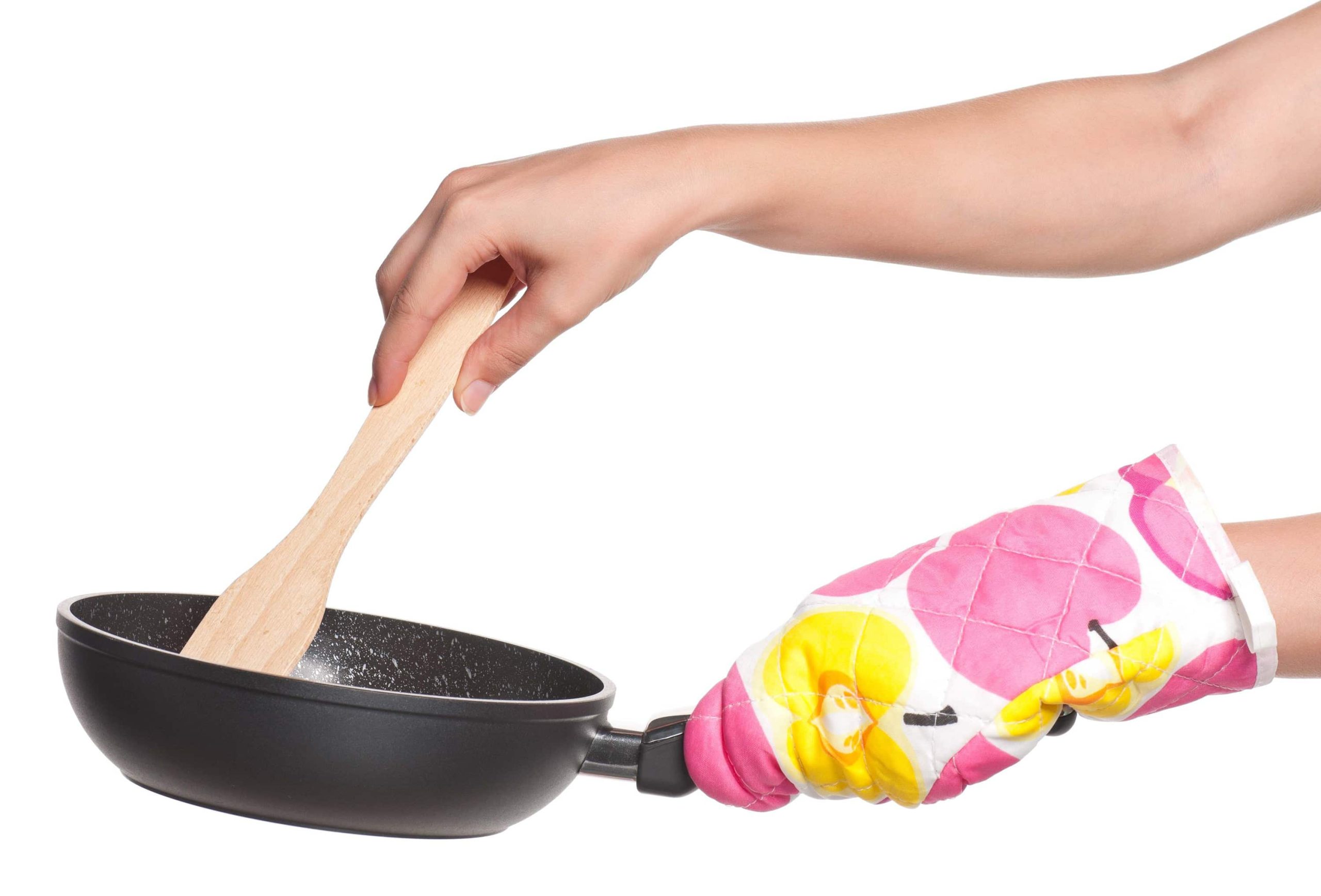
Out of the Frying Pan, into the Air Purifier: Cooking and Air Health
Unwanted air pollution comes from many different sources around your home. Pets shed dander along with their fur. Moisture leads to the development of mold and mildew. Plants introduce pollen. Family members can unknowingly carry germs home. But what about the “invisible” sources of air pollution in your house that add unwanted material into your breathing space? Believe it or not, cooking is one invisible source that can have a negative impact on air health.
Homeowners work hard to make their living spaces comfortable and happy. However, not every source of air pollution is as obvious as a poorly ventilated bathroom or a dog that sheds like a twice-annual snowstorm. One unexpected source of air pollution is the centerpiece of the kitchen: your oven. Ovens can be detrimental to a home’s air health, but you can mitigate possible harm and maintain healthy air for your home.
Pan-Fried Pollution
Imagine burning something on the stovetop or making enough smoke to set off a fire alarm (make sure to have a fire alarm installed about ten feet away from any cooking appliances and check it twice annually!) as a source of air pollution. Yet one study shows that a favorite frying technique produces pollution in your home.
According to a study performed in South Korea, certain methods of cooking can increase particulate matter in a home. Researchers studied 13 homes in South Korea and asked them to make a popular item on their gas stoves: pan-fried pork belly. Each home was tested with four different levels of ventilation during cooking to see if particulate matter was reduced. The ventilation methods were as follows: no windows open, one window open in the kitchen, a window open in the kitchen and the living room, and a forced air oven hood in operation during the entire cooking process. During the 9 minute cook time, the study found that particulate matter, which could be carcinogenic, did increase during the process of frying the pork belly. The best method of reducing the particulate matter was with the use of the forced air oven hood.
Gas Stoves and Air Quality
When it comes to air health, it isn’t just what you are cooking, but the appliance you use as well. Even if you’re not pan-frying pork belly regularly, you need to take into consideration all the different things that can introduce air pollution into your home. The Rocky Mountain Institute (RMI) has done studies to connect indoor air pollution to its sources. Another study looked into the levels of nitrogen dioxide released by gas stoves during use and how it interacts with people’s health. The study states that general use of a gas-powered stove can increase levels of nitrogen dioxide in the immediate area above the recommended maximum. The study goes on to claim that nitrogen dioxide, a toxic gas, can negatively affect the health of those in the nearby area, with a major impact on children.
SEE ALSO: How to Avoid VOCs in Your Home
Spot-On Solutions
Although it may seem daunting to fight an invisible enemy, there are several ways to approach improving the air quality around your home’s oven. One of the most impactful ways is to maintain proper ventilation around the cooking area. Spot-ventilation can come in the form of an exhaust fan, or range hood, over your oven. Establishing a habit of always turning on your range hood is a good idea to help remove particulates and other air pollutants as you cook. It also helps remove cooking odors from your home so you don’t have to deal with the lingering scent of your last meal hours after it has been eaten.
These exhaust removal solutions come in lots of styles to match your kitchen’s aesthetics. Some models are integrated with a microwave that you can put over your oven. Make sure that your range hood, or any exhaust fan, is properly installed so any unwanted air is vented out of your home. Otherwise, it can cause unwanted problems by depositing unwanted air into your attic or other interior spaces, causing unwanted problems.
Another option to keep your air clear while you cook is considering an energy-recovery ventilator, or ERV. An ERV efficiently removes old air and supplies fresh air to a home, while also offering humidity control.
Tackling Cooking and Air Health
Studies like these can help to show you how to look at your home and find where you can improve your own air health. Establishing habits such as regularly turning on the oven ventilation fan can make an improvement with little effort. You can also contact your local, licensed HVAC service provider to discover available solutions that can be incorporated into your existing HVAC system.


